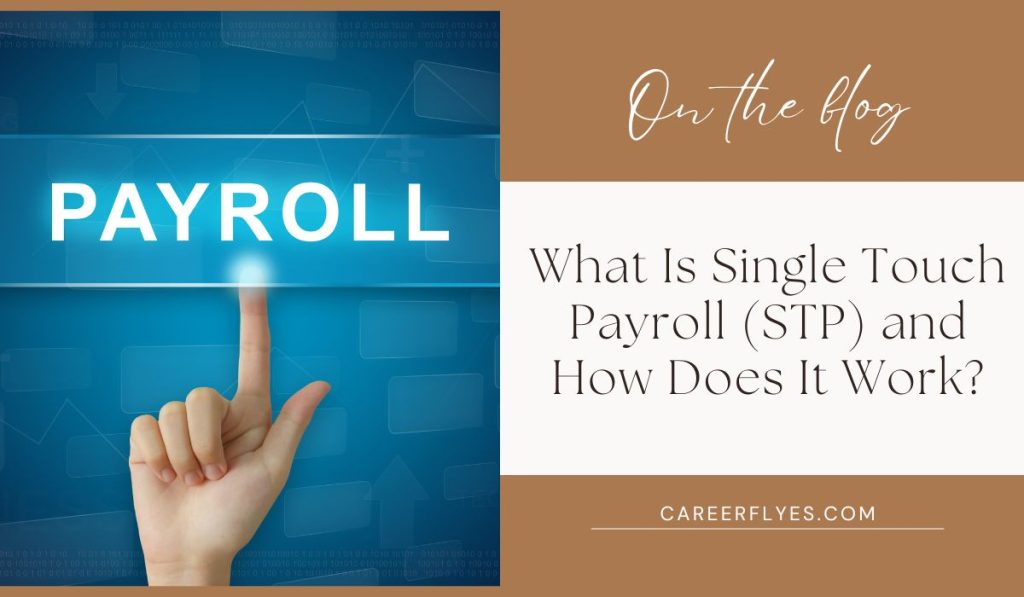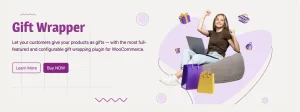What Is Single Touch Payroll (STP) and How Does It Work?
4 min read
Have you heard of Single Touch Payroll (STP) but aren’t quite sure what it means for your business? Don’t worry, you’re not alone. STP is a payroll reporting system that every employer in Australia needs to understand and comply with. In this article, we’ll break down what STP is, how it works, and why it’s important for businesses and employees alike.
What Is Single Touch Payroll (STP)?

Single Touch Payroll, or STP, is an Australian government initiative that simplifies the way businesses report payroll information to the Australian Tax Office (ATO). Instead of submitting payroll data once a year, businesses now report each time they pay their employees.
With STP, businesses must report employees’ salaries, wages, PAYG (Pay As You Go) withholding, and superannuation directly to the ATO every time a payroll run is completed. The goal is to streamline the payroll process and increase transparency for both the employer and the employee.
Key Features of STP
STP has a few core features that make it different from traditional payroll reporting methods:
- Real-Time Reporting: Employers are required to report payroll data, such as employee earnings, tax withholdings, and super contributions, with each pay run. This means the ATO receives this information as soon as employees are paid.
- Automated Tax Reporting: With STP, the need for year-end payroll summaries is eliminated because all the information has already been reported to the ATO throughout the year.
- Improved Compliance: STP ensures that employee superannuation and tax details are reported on time and accurately, reducing the likelihood of errors or late submissions.
How Does STP Work?
STP works through your payroll software. Most payroll systems in Australia are STP-compliant, meaning they can automatically send payroll data to the ATO. Here’s how the process works:
- Payroll Software Integration: First, you need payroll software that is compliant with STP standards. This software will handle the reporting for you.
- Reporting with Each Pay Cycle: Every time you run payroll—whether it’s weekly, fortnightly, or monthly—the software will automatically send the relevant data (wages, PAYG, and super) to the ATO.
- Superannuation Tracking: In addition to wages and tax withholdings, STP also reports super contributions, ensuring that employee entitlements are accurately tracked.
Benefits of STP for Employers
STP offers several key benefits for employers:
- Streamlines Payroll Processing: Reporting through STP reduces paperwork and manual data entry. Employers no longer need to submit end-of-year summaries to the ATO.
- Increased Accuracy: STP automates the reporting process, minimizing errors that can occur with manual submission.
- Simplified End-of-Year Process: Since payroll data is reported throughout the year, there’s no need for businesses to issue payment summaries at the end of the financial year. All the information is already with the ATO.
Benefits of STP for Employees
Employees also benefit from the transparency STP provides:
- Access to Real-Time Information: Employees can log into their myGov accounts to see their tax and super information as it’s reported to the ATO, meaning they don’t need to wait until the end of the financial year to see their payroll details.
- Greater Transparency: Employees can track their super contributions and income tax obligations throughout the year, giving them peace of mind that their employer is complying with tax and super regulations.
Who Needs to Use STP?
STP applies to all businesses with employees, from large corporations to small businesses. Whether you have one employee or hundreds, if you pay wages, you’re required to comply with STP reporting. Some very small businesses (with four or fewer employees) may have been eligible for exemptions or deferrals in the past, but STP is now mandatory for most employers.
How to Set Up and Start Using STP
If you’re new to STP, here’s a quick guide to getting started:
- Choose STP-Enabled Software: First, make sure you’re using payroll software that is compliant with STP. Most software options available today are STP-ready.
- Register with the ATO: Your business needs to be registered with the ATO for STP reporting. Your payroll software provider will usually guide you through this step.
- Set Up Employee Information: Ensure all employee details, including wages, tax, and superannuation, are correctly entered into your payroll system.
- Start Reporting: Once your setup is complete, STP reporting happens automatically with every pay run.
Common Questions About STP
- What happens if I make a mistake in my STP report? If you accidentally submit incorrect information, don’t worry. You can correct errors in the next pay cycle or by updating the current report through your payroll software.
- What if my business doesn’t comply with STP? Failing to comply with STP requirements can result in penalties from the ATO. However, the ATO is typically lenient with new users, especially small businesses, offering help and guidance before issuing fines.
Conclusion
Single Touch Payroll (STP) has revolutionized the way businesses handle payroll and tax reporting. By reporting wages, taxes, and superannuation in real time, STP simplifies the process for employers and provides greater transparency for employees. With the right STP-enabled payroll software, businesses can ensure they are compliant, while also enjoying a more efficient and streamlined payroll process.
Found this article useful? Share it with other business owners or employers who need to stay on top of STP compliance!






